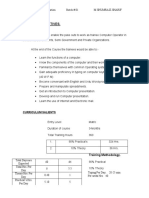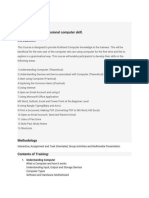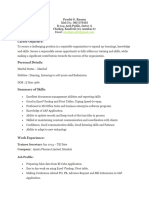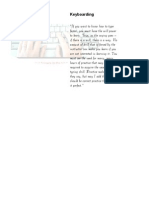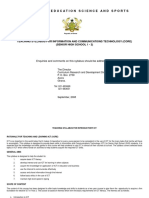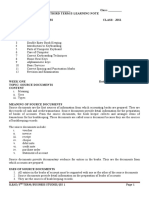0% found this document useful (0 votes)
175 views4 pagesCSEC EDPM Study Guide
The CSEC EDPM Study Guide covers essential computing concepts, including types of computers, input/output devices, software, and document preparation. It emphasizes keyboard mastery, application software usage, electronic communication, and ethical considerations like plagiarism. Additionally, it includes flashcards for quick revision and a mini mock test for practice.
Uploaded by
aazizafzaf9Copyright
© © All Rights Reserved
We take content rights seriously. If you suspect this is your content, claim it here.
Available Formats
Download as DOCX, PDF, TXT or read online on Scribd
0% found this document useful (0 votes)
175 views4 pagesCSEC EDPM Study Guide
The CSEC EDPM Study Guide covers essential computing concepts, including types of computers, input/output devices, software, and document preparation. It emphasizes keyboard mastery, application software usage, electronic communication, and ethical considerations like plagiarism. Additionally, it includes flashcards for quick revision and a mini mock test for practice.
Uploaded by
aazizafzaf9Copyright
© © All Rights Reserved
We take content rights seriously. If you suspect this is your content, claim it here.
Available Formats
Download as DOCX, PDF, TXT or read online on Scribd
/ 4

































